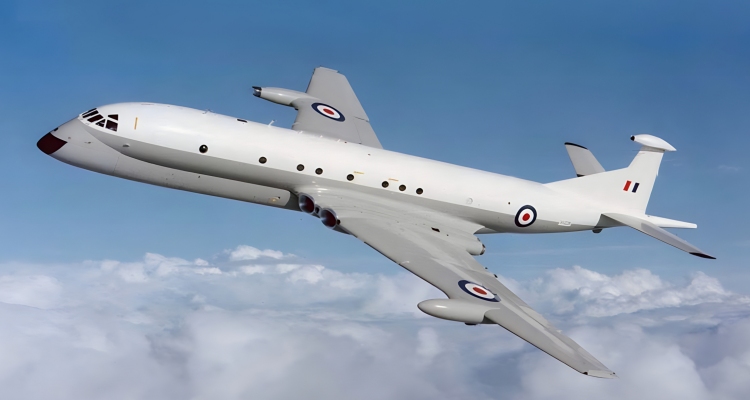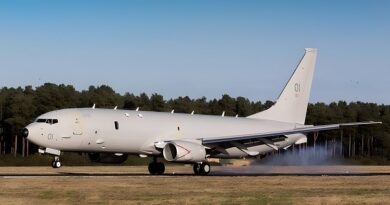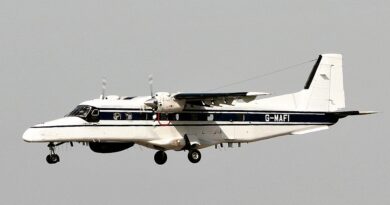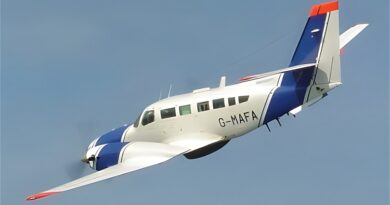Hawker Siddley Nimrod MR1
The Hawker Siddeley Aircraft Nimrod maritime patrol aircraft was an extensive modification of the De Havilland 106 Comet 4. On 4 June 1964, the British Government issued Air Staff Requirement 381, which sought a replacement for the aging Avro Shackleton maritime patrol aircraft which was fast approaching its fatigue life limit.
The Nimrod was originally designed by Hawker Siddeley with further development by British Aerospace and BAE Systems.
Hawker Siddeley 801
The first two prototypes, designated Hawker Siddeley HS801, were modifications of unsold De Havilland 106 Comet 4C airframes, retained at the Hawker Siddeley Chester factory. These aircraft (serials XV147 and XV148) can generally be distinguished by their retention of the original airliner passenger windows. The first Hawker Siddeley HS801 prototype flew on 24th May 1967.
Compared with the DH Comet, the HS801 Nimrod was fitted with Rolls-Royce Spey engines, featuring a new lower fuselage, containing a forward-looking search radar and a lengthy sonobuoy and weapons bay. A magnetic anomaly detector (MAD) sting was mounted in the extreme tail, with electronic surveillance sensors mounted in a fairing at the top of the tail fin.
The HS801 Nimrod was designed to replace the Avro Shackleton in its maritime patrol and anti-submarine operations, with secondary roles including anti-ship operations and long-range search and rescue support.
HS801 Nimrod MR1: The initial service variant was the HS801 Nimrod MR.1, of which 46 were ordered during 1967, with the first service aircraft (XV230) being delivered in October 1969. Compared with the prototypes, this production aircraft featured a reduced number of cabin windows.
With the introduction of the Nimrod, Coastal Command was disbanded and ceased to exist on 27 November 1969, when it was subsumed into RAF Strike Command. Within Strike Command Coastal Command became No. 18 (Maritime) Group.
Original crew compliment had 3 acoustic operators and 3 above water sensor operators with a loadmaster for ordnance. The Loadmasters moved to the maritme role after the Belfast, Brittania and Argosy transports retired. Having a loadmaster lasted 12-18 months.
Effectively the Nimrod was a jet Shackleton as all the sensor equipment was the same with the addition of MAD (Magnetic Anomoly Detection) and a Retro launcher until the MR2 came into service with upgrade radar, acoustics and communications.




